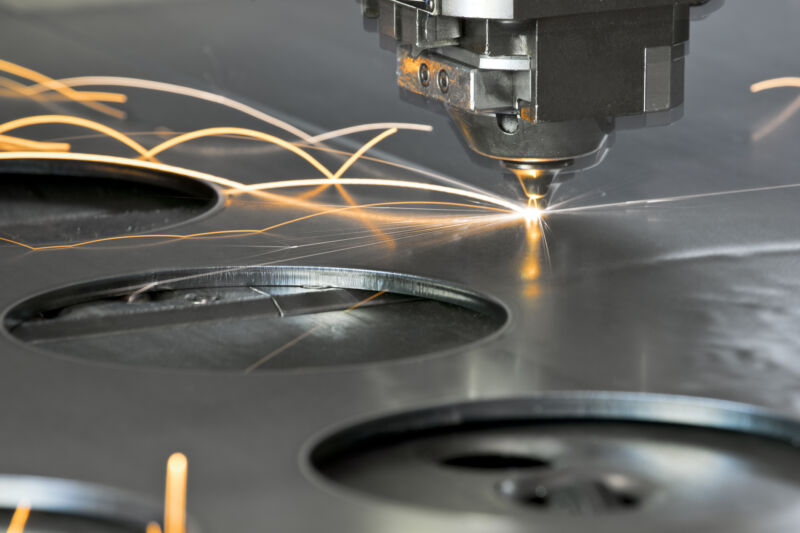
Getty Images
As is so often the case, a notable change in an upcoming Linux kernel is both historic and no big deal.
If you wanted to use "Real-Time Linux" for your audio gear, your industrial welding laser, or your Mars rover, you have had that option for a long time (presuming you didn't want to use QNX or other alternatives). Universities started making their own real-time kernels in the late 1990s. A patch set, PREEMPT_RT, has existed since at least 2005. And some aspects of the real-time work, like NO_HZ, were long ago moved into the mainline kernel, enabling its use in data centers, cloud computing, or anything with a lot of CPUs.
But officialness still matters, and in the 6.12 kernel, PREEMPT_RT will likely be merged into the mainline. As noted by Steven Vaughan-Nichols at ZDNet, the final sign-off by Linus Torvalds occurred while he was attending Open Source Summit Europe. Torvalds wrote the original code for printk, a debugging tool that can pinpoint exact moments where a process crashes, but also introduces latency that runs counter to real-time computing. The Phoronix blog has tracked the progress of PREEMPT_RT into the kernel, along with the printk changes that allowed for threaded/atomic console support crucial to real-time mainlining.
What does this mean for desktop Linux? Not much. Beyond high-end audio production or replication (and even that is debatable), a real-time kernel won't likely make windows snappier or programs zippier. But the guaranteed execution and worst-case latency timings a real-time Linux provides are quite useful to, say, the systems that monitor car brakes, guide CNC machines, and regulate fiendishly complex multi-CPU systems. Having PREEMPT-RT in the mainline kernel makes it easier to maintain a real-time system, rather than tend to out-of-tree patches.
It will likely change things for what had been, until now, specialty providers of real-time OS solutions for mission-critical systems. Ubuntu, for example, started offering a real-time version of its distribution in 2023 but required an Ubuntu Pro subscription for access. Ubuntu pitched its release at robotics, automation, embedded Linux, and other real-time needs, with the fixes, patches, module integration, and testing provided by Ubuntu.
"Controlling a laster with Linux is crazy," Torvalds said at the Kernel Summit of 2006, "but everyone in this room is crazy in his own way. So if you want to use Linux to control an industrial welding laser, I have no problem with your using PREEMPT_RT." Roughly 18 years later, Torvalds and the kernel team, including longtime maintainer and champion-of-real-time Steven Rostedt, have made it even easier to do that kind of thing.